What Causes Bipolar Disorder?
![]() Redeemed Mental Health
on
November 12, 2024
Redeemed Mental Health
on
November 12, 2024

Bipolar disorder is a mental health disorder affecting an estimated 3% of the U.S. population. While there are different types of bipolar disorder with different symptoms, bipolar disorder is primarily a lifelong or chronic disorder that can go in and out of remission for as long as you are alive. While many types of mental health disorder can go away with treatment to never return, bipolar disorder is normally chronic. This means that, for the most part, treating bipolar disorder is about managing symptoms and pushing the disorder into remission for as long as possible.
That can probably help you to understand that bipolar disorder is almost always something you’re born with. However, bipolar disorder can express itself in different ways and can be caused by different things. In this article, we’ll look at the different causes of bipolar disorder as well as triggers and what causes relapse or reoccurrence of bipolar episodes.
Causes of Biploar Disorder
Bipolar disorder is overwhelmingly caused by genetics. Some 73-91% of all instances of bipolar disorder occur when someone else in the family has bipolar disorder. In fact, bipolar disorder is about 0.71% hereditary. If a fraternal twin has bipolar disorder, there’s about a 5% chance that the other twin has it also and if those twins are identical that rises to about 41%. If you widen that spectrum to include all bipolar spectrum disorders including major depressive disorder, that rises to 67% for identical twins.
So, there’s a very strong genetic element in bipolar disorder. Here, risk factors include:
- A family history of depression
- A family history of bipolar disorder
- A family history of mania
In some cases, you might not know about having a family history of bipolar disorder. For example, until recently, women with bipolar disorder may have been diagnosed with hysteria or borderline personality disorder. Men are much more likely to be diagnosed with a bipolar spectrum disorder, despite women experiencing bipolar disorders at similar rates to men and being almost twice as likely to experience bipolar disorder with major depression than men. Therefore, a family history of mental illnesses including borderline personality disorder, split personality disorder, narcissism, hysteria, and depression can all be indicative of a family history of bipolar disorder.
Bipolar disorder is overwhelmingly caused by genetics. Some 73-91% of all instances of bipolar disorder occur when someone else in the family has bipolar disorder. In fact, bipolar disorder is about 0.71% hereditary. If a fraternal twin has bipolar disorder, there’s about a 5% chance that the other twin has it also and if those twins are identical that rises to about 41%. If you widen that spectrum to include all bipolar spectrum disorders including major depressive disorder, that rises to 67% for identical twins.
So, there’s a very strong genetic element in bipolar disorder. Here, risk factors include:
- A family history of depression
- A family history of bipolar disorder
- A family history of mania
In some cases, you might not know about having a family history of bipolar disorder. For example, until recently, women with bipolar disorder may have been diagnosed with hysteria or borderline personality disorder. Men are much more likely to be diagnosed with a bipolar spectrum disorder, despite women experiencing bipolar disorders at similar rates to men and being almost twice as likely to experience bipolar disorder with major depression than men. Therefore, a family history of mental illnesses including borderline personality disorder, split personality disorder, narcissism, hysteria, and depression can all be indicative of a family history of bipolar disorder.
Are Genetics the Only Cause of Bipolar Disorder?
While genetics cause up to 91% of all instances of bipolar disorder, there are some other causes. However, it’s unclear if these are “causes” or “triggers” that caused a latent disorder to manifest.
In most cases, it’s likely that the genetic basis for bipolar disorder was there, but triggers brought it forward when it might not have appeared otherwise.
- Trauma
- Childhood abuse and trauma
- Depression
- Sleep deprivation (sleep deprivation can induce mania in most people with bipolar disorder)
- Neurological injury such as stroke, brain injury, multiple sclerosis temporal lobe epilepsy, etc. However, this may be “Bipolar-like” rather than a bipolar disorder
In addition, for most people, the earlier the exposure to trauma, the more likely it is to contribute to bipolar disorder. For example, an estimated 30-50% of all persons with a bipolar disorder diagnosis report traumatic childhood experiences including trauma and abuse. In addition, children who experience physical or sexual violence are significantly more likely to engage in violence during bipolar mania episodes, with rate and severity of violent outbursts heavily linked to how young the child was at the time of abuse. This is so much the case that hospitals are increasingly using the Violence Tendency Scale to score these factors to predict violent behavior in children with diagnoses, before violent behavior manifests.
Therefore, environment can significantly shape bipolar disorder and its expressions, even if it doesn’t cause that behavior to begin with.
What About Different Types of Bipolar Disorder?
The bipolar spectrum consists of three subtypes of bipolar disorder, as defined by the DSM-5.
These include:
- Bipolar I – Bipolar I disorder is characterized by manic (extreme high energy periods with psychosis that cause social and occupational impairment) episodes, which much have occurred at least once for a diagnosis to happen. Depression is not necessary to receive this diagnosis but it may be present. Here, episodes last 3-12 weeks, with most patients experiencing a rollercoaster of mania and then depression with potentially some “normal” periods in between.
- Bipolar II Disorder – Bipolar II disorder is characterized by hypomanic (high elevated mood without social and occupational impairment and without psychosis) episodes followed by periods of depression. This can look like someone having periods of high productivity followed by normal or low productivity – resulting in a lowered chance of diagnosis because depression alleviates itself often enough to seem like remission and hypomania makes people feel better. Therefore, many people who qualify for Bipolar II disorder may not have it.
- Cyclothymia – Cyclothymia includes any series of hypomanic episodes and depression that don’t meet criteria for bipolar II. E.g., if episodes last a few days or weeks instead of longer, if depression isn’t strong enough to be major depression, etc.
So, you have three expressions of essentially the same disorder. Are they caused by different things? No. They’re all primarily genetically based. For example, Bipolar I is .73 heritable, Bipolar I and II is .77 heritable, and Bipolar I, II, and Cyclothymia are .71 heritable. This means that of the three, cyclothymia is the least likely to be heritable.
Eventually, all three disorders are related to the same genetic and heritability factors. In each case, triggers such as trauma, neuropathic damage, and stress or sleep deprivation can cause a latent disorder to appear. However, it’s unlikely that those factors can cause any form of bipolar disorder on their own.
A genetic basis for bipolar disorder also explains why it’s almost always chronic. Most people who are diagnosed with bipolar disorder will have periods of remission and relapse throughout their lives. That means most people with bipolar disorder will receive treatment and probably medication for the rest of their lives. However, with good management and potentially medication to reduce risks and to prevent mania with psychosis, some people can be respectively in remission for most of the rest of their lives.
Getting Help with Bipolar Disorder
Bipolar disorder effects 3 out of every 100 adults in the United States, with about equal occurrence in men and women. If you have it, chances are, someone in your family has it too, even if you aren’t familiar with it. At the same time, you don’t need active expressions of bipolar disorder in the family to have it. For example, some people have the genes, but the disorder is never triggered, which means you may have heritable bipolar disorder but no recent episodes of it in your family.
Finally, bipolar disorder is a chronic disorder. Treating the trigger for bipolar disorder may be important for improving your mental health and your quality of life. However, you won’t be able to undo that, and you will have a bipolar disorder for the rest of your life. That means choosing treatment that focuses on long-term management, symptom management, and getting your life under control so you can live as normally as possible around your disorder are the important things.
If you or a loved one are struggling with bipolar disorder, there is help. Medication, behavioral therapy, and ongoing support will help you take control back and get your quality of life back.
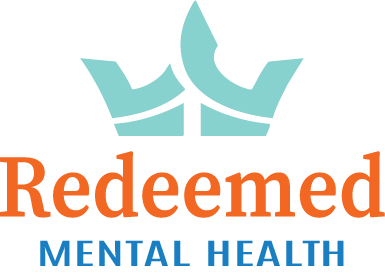


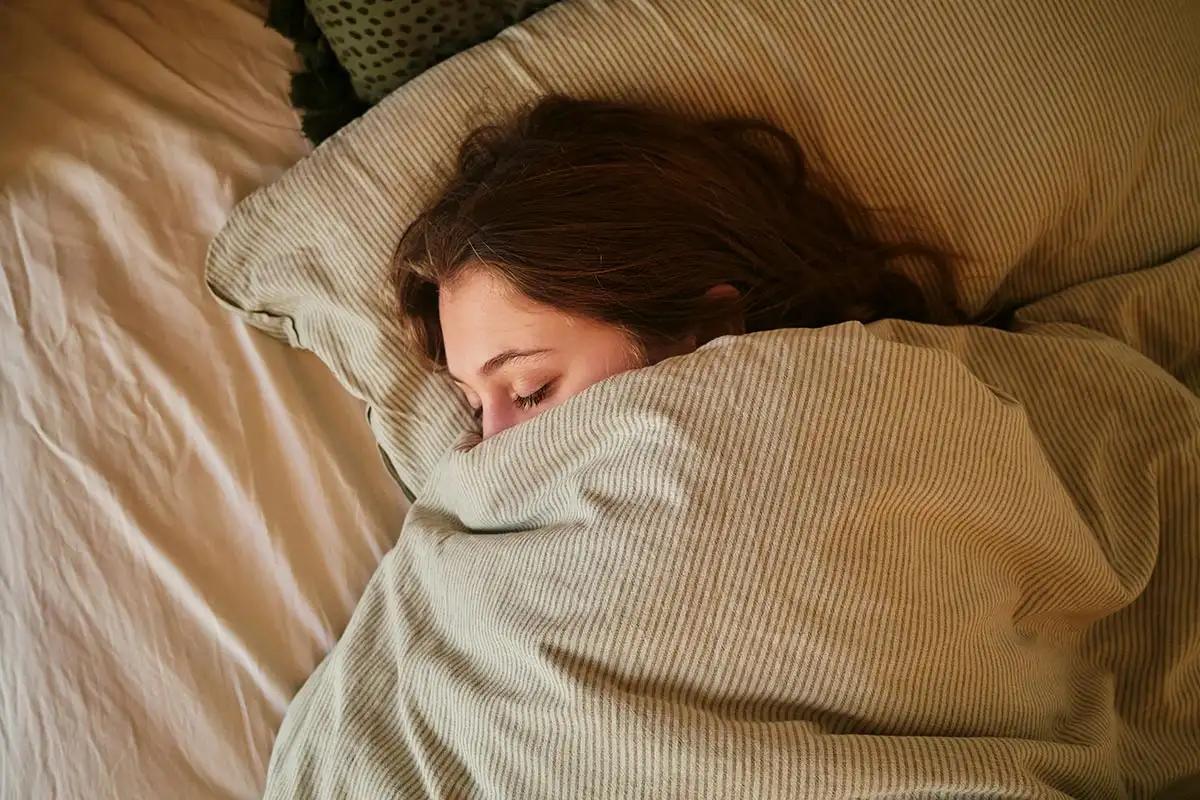
 Changes in Appetite or Weight
Changes in Appetite or Weight
 Insight-oriented therapy is a talking therapy where you sit down and talk to your therapist over a period of months or even years. It’s the classic picture of a patient leaning back on a couch with the therapist sitting on a chair listening.
Insight-oriented therapy is a talking therapy where you sit down and talk to your therapist over a period of months or even years. It’s the classic picture of a patient leaning back on a couch with the therapist sitting on a chair listening.
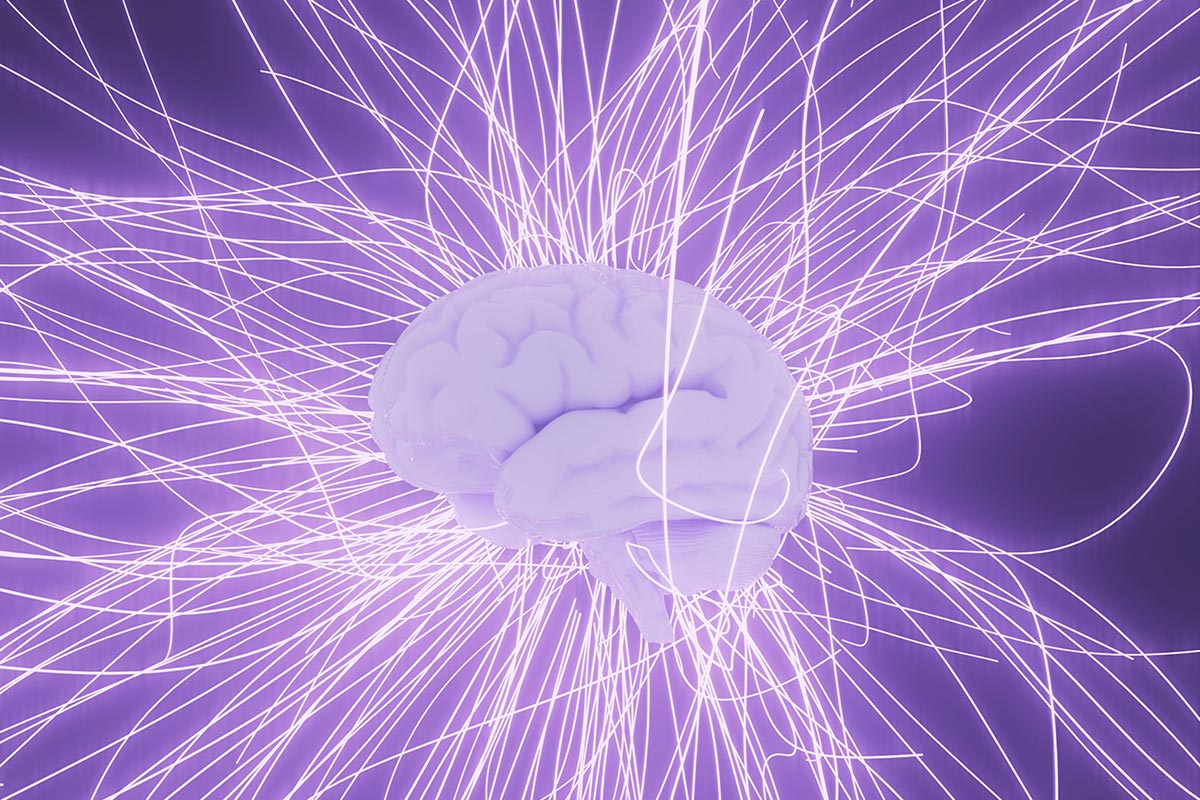
 How do you get help for something that affects the way your brain functions? Does behavioral therapy help? The good news is that yes it does. The bad news is that it can take a long time for your brain to return to normal even with treatment. In most cases, treatment for PTSD involves a short-term course of medication to reduce the symptoms and flashbacks – so that you can benefit from treatment. From there, you’ll receive behavioral therapy like DBT, CBT, and counseling. Over time, these will allow you to reframe experiences, expose yourself to trauma, to reframe reactions, and to get emotional regulation under control. And, over time, your brain and body will heal and will return to normal.
How do you get help for something that affects the way your brain functions? Does behavioral therapy help? The good news is that yes it does. The bad news is that it can take a long time for your brain to return to normal even with treatment. In most cases, treatment for PTSD involves a short-term course of medication to reduce the symptoms and flashbacks – so that you can benefit from treatment. From there, you’ll receive behavioral therapy like DBT, CBT, and counseling. Over time, these will allow you to reframe experiences, expose yourself to trauma, to reframe reactions, and to get emotional regulation under control. And, over time, your brain and body will heal and will return to normal.
 Machine learning, commonly referred to as artificial intelligence, is more and more often integrated into mental healthcare. Here, algorithms are used as chatbots, with the option to provide 24/7 support at a low level and to escalate cases to people as needed. AI also provides predictive analytics, which enable monitoring patients after graduating from programs, monitoring app usage, and implementing early intervention programs. For example, Facebook has an
Machine learning, commonly referred to as artificial intelligence, is more and more often integrated into mental healthcare. Here, algorithms are used as chatbots, with the option to provide 24/7 support at a low level and to escalate cases to people as needed. AI also provides predictive analytics, which enable monitoring patients after graduating from programs, monitoring app usage, and implementing early intervention programs. For example, Facebook has an  Modern medicine increasingly points out that everything from behavioral responses to addiction are partially determined by genetics. This means that genetic testing is increasingly viable as part of treatment, where it is used to inform treatment plans. That includes identifying and managing vulnerabilities, identifying potential reactions to specific interventions and medications, and creating more effective individual treatment strategies.
Modern medicine increasingly points out that everything from behavioral responses to addiction are partially determined by genetics. This means that genetic testing is increasingly viable as part of treatment, where it is used to inform treatment plans. That includes identifying and managing vulnerabilities, identifying potential reactions to specific interventions and medications, and creating more effective individual treatment strategies.
 In most cases, your personality type has little bearing on who you are as a person. Instead, it records your capabilities as measured by a test in that moment, with your mood, stress levels, and recent activity taken into account. These tests are useful for businesses because they tell businesses what you might be able to achieve in the near future and what you’re likely to be like in the near future. They can also be useful for mental health professionals to provide a baseline of your outlook, responsiveness, and mood right now. However, many personality tests will change every time you take them if you take them every day for a week. That means they aren’t reliable as a measure of who you are tomorrow or who you are next week.
In most cases, your personality type has little bearing on who you are as a person. Instead, it records your capabilities as measured by a test in that moment, with your mood, stress levels, and recent activity taken into account. These tests are useful for businesses because they tell businesses what you might be able to achieve in the near future and what you’re likely to be like in the near future. They can also be useful for mental health professionals to provide a baseline of your outlook, responsiveness, and mood right now. However, many personality tests will change every time you take them if you take them every day for a week. That means they aren’t reliable as a measure of who you are tomorrow or who you are next week.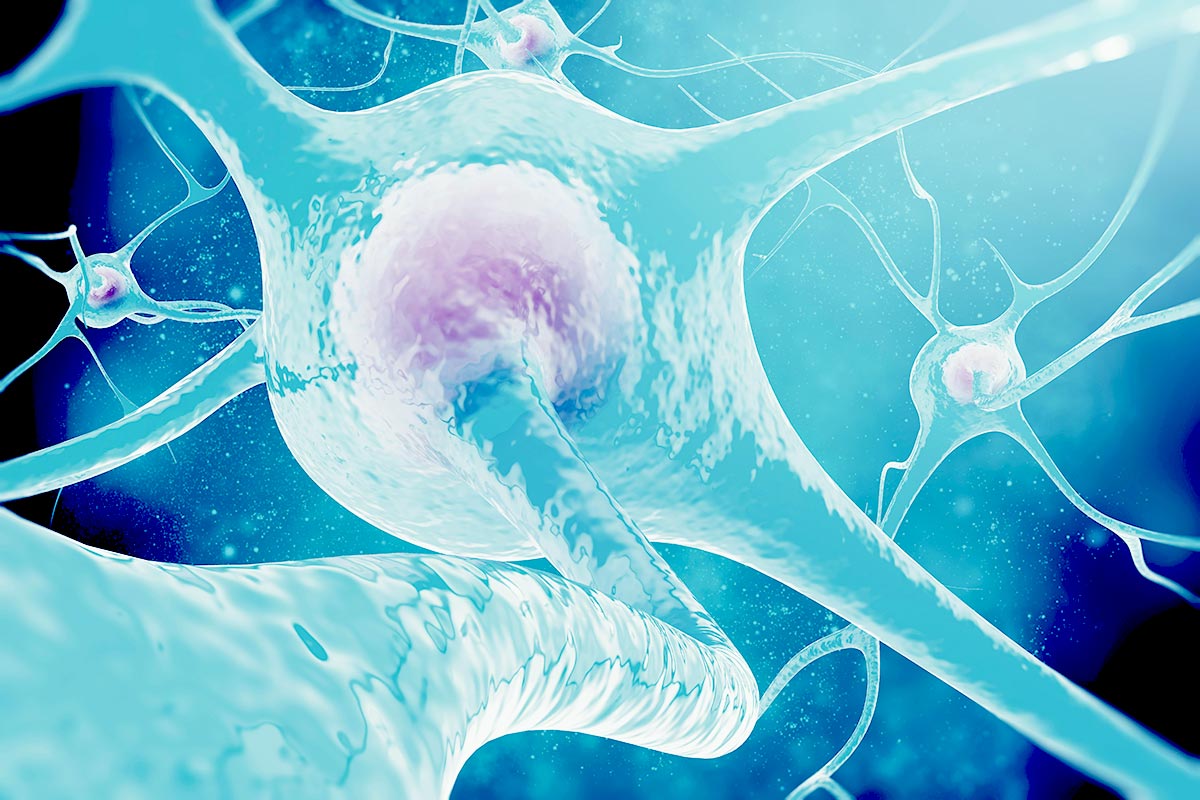
 Depression reduces the production of serotonin. Reduced serotonin means that the brain is less able to regulate mood and emotion. So, the brain feels more depressed, worsening the issue. Eventually, the brain might adapt to seek out serotonin-producing experiences (e.g., food, TV, drugs or alcohol, etc.).
Depression reduces the production of serotonin. Reduced serotonin means that the brain is less able to regulate mood and emotion. So, the brain feels more depressed, worsening the issue. Eventually, the brain might adapt to seek out serotonin-producing experiences (e.g., food, TV, drugs or alcohol, etc.). The common perception of the brain is that it doesn’t heal. At the same time, medical science has know that isn’t true for decades. When faced with physical trauma to the brain, patients show a remarkable ability to regenerate tissue and recover. People who have impairment to the hippocampus following significant substance abuse typically recover, so you can’t tell their brain from a healthy brain
The common perception of the brain is that it doesn’t heal. At the same time, medical science has know that isn’t true for decades. When faced with physical trauma to the brain, patients show a remarkable ability to regenerate tissue and recover. People who have impairment to the hippocampus following significant substance abuse typically recover, so you can’t tell their brain from a healthy brain 
 Improved Relationships: With better mental well-being, individuals often find their relationships – be it familial, romantic, or platonic – improving.
Improved Relationships: With better mental well-being, individuals often find their relationships – be it familial, romantic, or platonic – improving.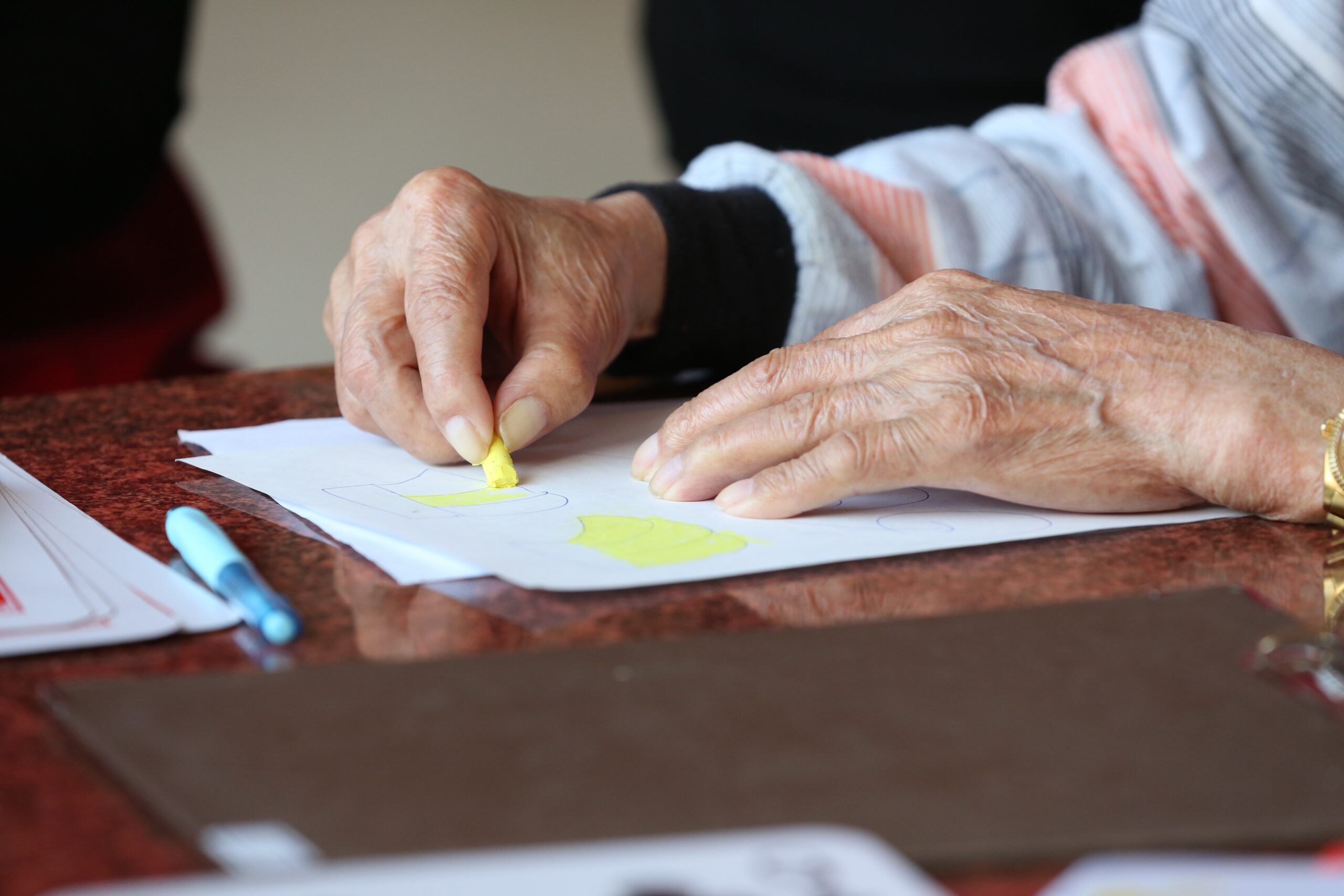
 Mental health care plays a crucial role in rehabilitation settings, helping individuals manage their mental health conditions and improve their overall well-being. At Redeemed Mental Health, we’re committed to providing expert mental health care that aligns with these needs. So why wait? Take the first step towards reclaiming your mental health today.
Mental health care plays a crucial role in rehabilitation settings, helping individuals manage their mental health conditions and improve their overall well-being. At Redeemed Mental Health, we’re committed to providing expert mental health care that aligns with these needs. So why wait? Take the first step towards reclaiming your mental health today.
 At Redeemed Mental Health, we believe in the power of private therapy sessions. Our approach is client-centered, meaning we tailor our therapy sessions to meet your unique needs and goals. It’s like having a custom-made therapy plan – it fits you perfectly!
At Redeemed Mental Health, we believe in the power of private therapy sessions. Our approach is client-centered, meaning we tailor our therapy sessions to meet your unique needs and goals. It’s like having a custom-made therapy plan – it fits you perfectly!





















